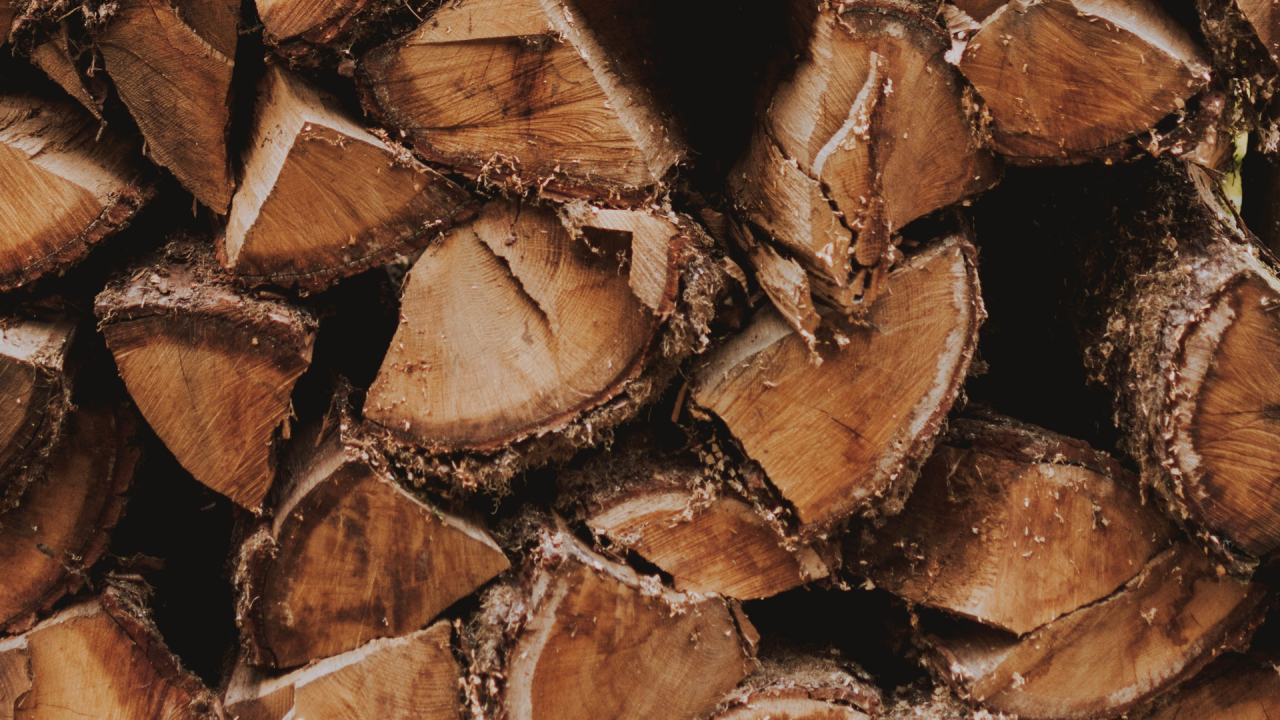
Open vs. Closed Grains: Understanding Wood's Unique Characteristics
Wood grain refers to the patterns that result from the wood's fiber orientation. It is created by the growth of rings, pores, and other unique features of the tree species.
When we talk about open-grained or close-grained wood, we consider the pores' size. This actually has an impact on the suitability of the wood for your projects or the decision of whether or not you will need a filler for a smoother finish.
OPEN GRAIN, HIGHLY ABSORBENT
Open-grained wood contains large pores with a high absorption rate due to the presence of vessels. These tube-shaped cell structures are the longest of all cell structures, and their open ends create broad pores once the wood is cut, resulting in an uneven surface.

CLOSED GRAIN, SMOOTH SURFACE

Closed-grain woods have small and tight pores barely visible to the naked eye, creating a smooth and even texture. Instead of using vessels, closed-grain woods utilized longitudinal cells known as tracheids to transport sap and nutrients.
EXPERIENCE WITH HARDWOOD
At RIVA, our team of experts has a deep understanding of the unique characteristics of different hardwood species. Visit www.rivaspain.com to discover our durable and high-quality products made with 100% European Oak.
Dry land Forestry| FSC Forest Management Audit| GHG Management| Agro-Forestry| EIA/Environmental Audit| Community Development| Social Entrepreneurship
3moNothing on open grains?